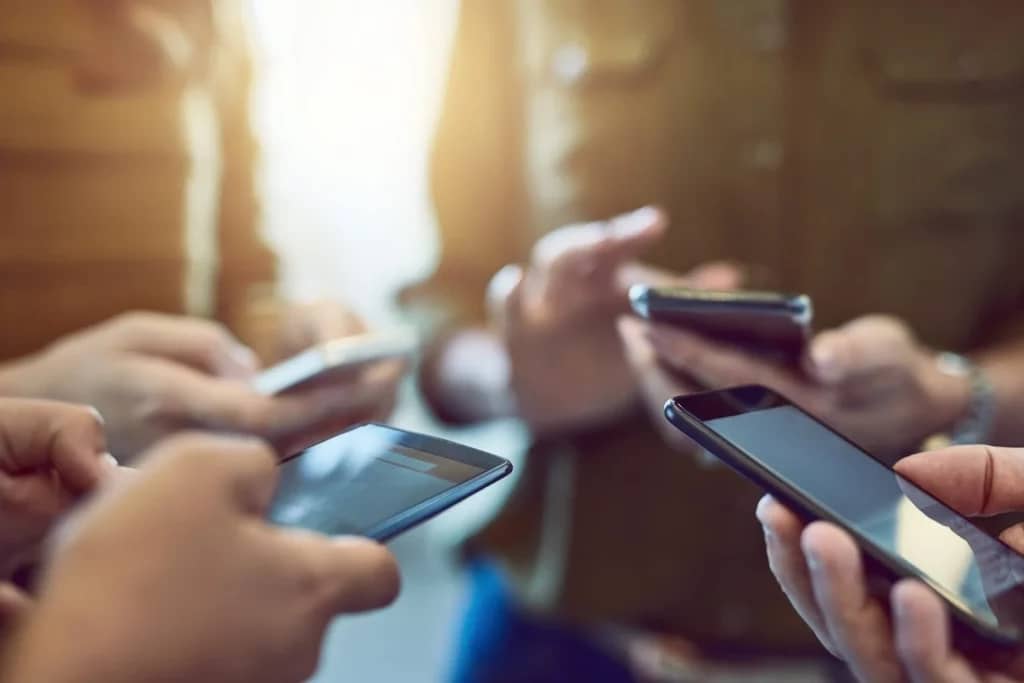Younger generations are now spending more time on their phones than watching TV. According to the IPA TouchPoints Report, adults spend an average of 3 hours and 21 minutes daily on their mobile phones, slightly more than the 3 hours and 16 minutes they spend watching television. This marks a notable shift in media consumption habits.
Overall, adults are spending more time than ever consuming screen-based media. Average daily usage across mobile phones, TVs, laptops, tablets, and gaming consoles has reached 7 hours and 27 minutes, up from 6 hours and 36 minutes in 2015.
This change is being driven largely by younger audiences. People aged 15–24 now spend nearly 5 hours a day on their mobile phones, compared to less than 2 hours watching traditional TV.
In contrast, adults aged 65–74 still devote far more time to television. They spend an average of 4 hours and 40 minutes watching TV, and less than 2 hours on their phones. This highlights a stark generational gap in media habits.
The shift has been fuelled by a steady rise in mobile phone use over the last decade. In 2015, British adults spent an average of 1 hour and 17 minutes per day on their phones. That figure has grown consistently, while traditional TV viewing has remained relatively stable at around 3 hours and 23 minutes daily.
Commenting on the findings, Dan Flynn, Deputy Research Director at IPA, said this year’s TouchPoints data marks a pivotal moment in media consumption.
WATCH MARKETING EDGE ONTV
“It’s a clear signal of how embedded mobile phones have become in our daily lives – always on, always within reach and increasingly central to how we consume content, connect and unwind. What sets TouchPoints apart is its unparalleled ability to show not just what media people are using, but when, where, how, and crucially, how they’re feeling when they do,” he stated.
The report also reveals distinct usage patterns. TV viewing peaks in the evening, computer use follows a typical workday schedule, and mobile phone usage remains steady throughout the day.
Emotional responses also vary by device. People are more likely to feel relaxed while watching TV, while mobile video viewing is more often linked to feelings of sadness.







Comment
No comments found.